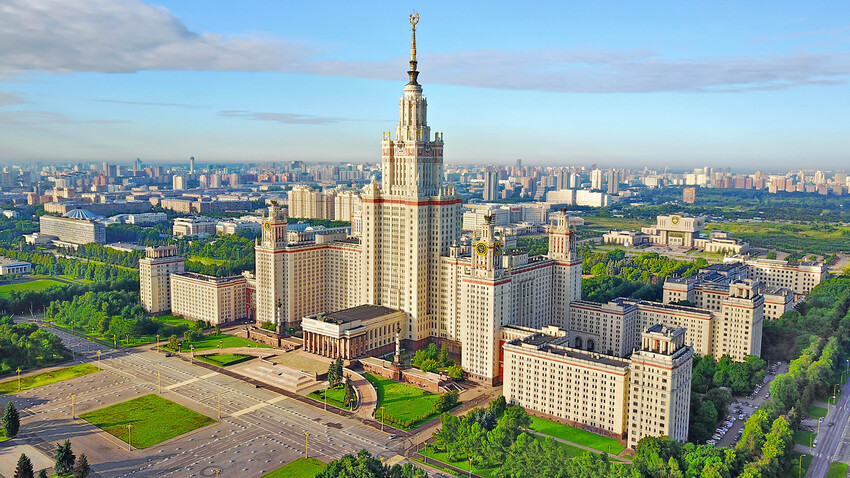
Address: 1, Leninskie Gory. Nearest metro: "Universitet", "Vorobyovy Gory".
Years of construction: 1949 - 1953
What is located there: The main building of the Moscow State University houses the departments of geology, mechanics and mathematics, and geography, as well as the rectorate, the scientific library, the museum of land tenure, the Palace of Culture and dorms for students and professors.
The high-rise on Leninskiye Gory (now called Vorobyovy Gory) was one of the eight planned high-rises as part of the reconstruction of Moscow, although only seven of them were built. According to the 1947 decree, it was Stalin's idea (or so they wanted to present it) to build skyscrapers - hence their name. Yet, the building was originally "reserved" for a hotel and residential apartments. But, in March 1948, it was decided to move the Moscow State University into this building, as the university had long needed new premises.
Almost all the calculations for the main MSU building were done from scratch: at the time, the Soviet Union had almost no successful experience in designing skyscrapers. It was limited only to the design of the gigantic Palace of Soviets, which was never built. In the conditions of a planned economy, when everything, all the way to sockets and door handles, had to be planned, approved and preordered, building such a powerful project in just four years was, to put it mildly, an ambitious task. But the construction was under Stalin's personal control (he even came to the construction site), so there was no way it could fail.
In those years, the media wrote that the building was being built by the whole country: marble for its construction was brought from the Urals, light fixtures - from Riga, metal from Ukraine, and so on. All in all, some 10,000 people were engaged in the construction, not counting the 2,500 administrative and technical personnel, and more than 1,000 engineers. And, in addition to the enthusiastic members of the Komsomol and ordinary workers, labor camp prisoners also took part in the construction, with their number sometimes accounting for half of those involved overall. There is no information on any cases of prisoners making their escape. For starters, they were guarded by several thousand soldiers. Secondly, everyone knew that, once the building was finished, they were to be amnestied. And so it happened.
No expense was spared in building the pompous skyscraper, either. The Moscow State University building with its columns, stucco and mosaics cost the country 2 billion 631 million 200 thousand Soviet rubles. This sum would have been sufficient to build a small town of 5-storey panel houses for 40,000 people.
On September 1, 1953, the building was inaugurated just in time for the new academic year. As with all the high-rise buildings, this happened after the death of its chief curator, Stalin. And soon thereafter, Khrushchev's struggle with the Stalinist Empire style in architecture - against its excesses - kicked off. Yet, no one dared touch the Moscow State University building, its most striking example.
The main building of the Moscow State University is the tallest of the seven Stalinist skyscrapers in Moscow. Its height is 183,2 meters ( together with the spire it reaches 235). The 36-storey main building is surrounded by four symmetrical 18-storeyed towers. For almost 40 years it was the tallest building in Europe. Only in 1990 was it surpassed by the Frankfurt fair tower.
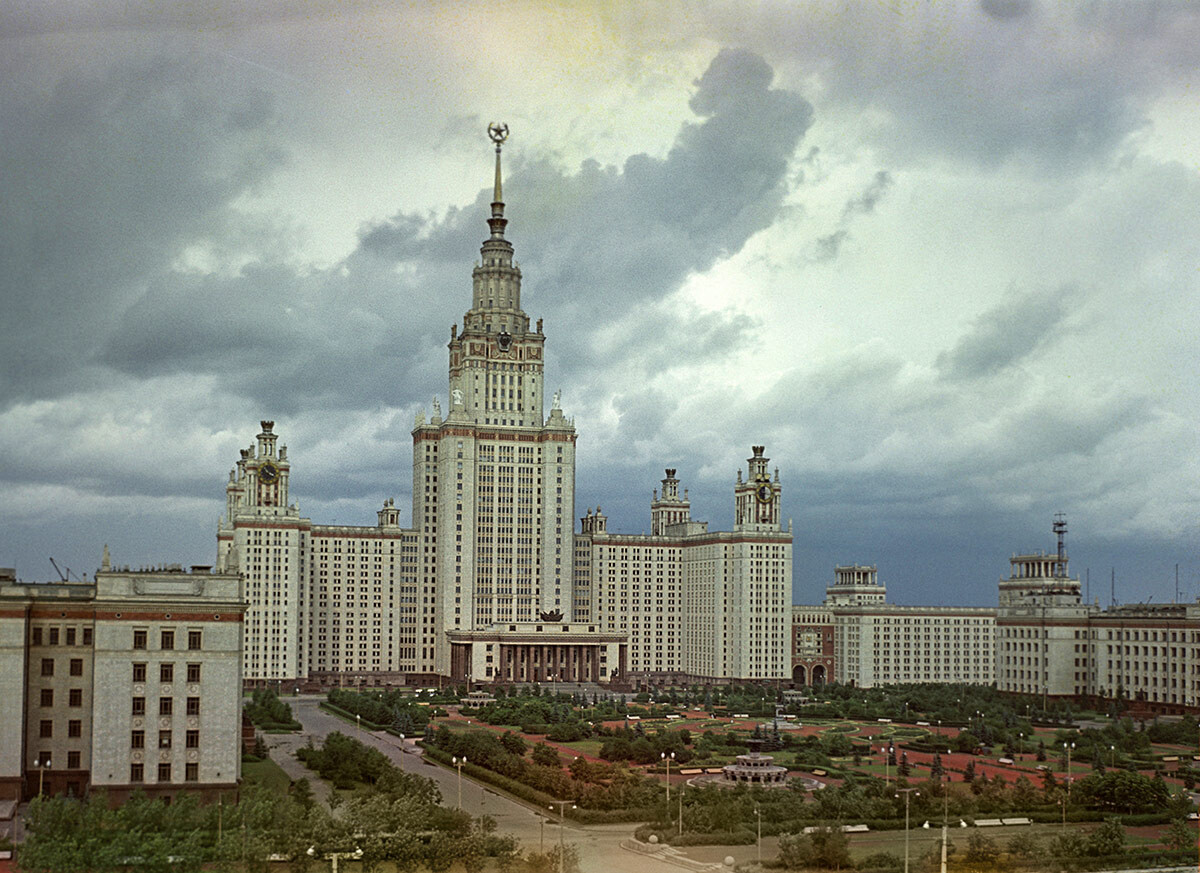
Meanwhile, the symbolic meaning of the building was more important than its functionality (more on that later). It is a genuine monument to Soviet gigantism. With the centralization of all power in the hands of Stalin, there also emerged demand for architecture that would reflect the greatness of the leader and the state that flourished together with him. This became especially true after World War 2, when the idea of Soviet triumph became central to all spheres of life.
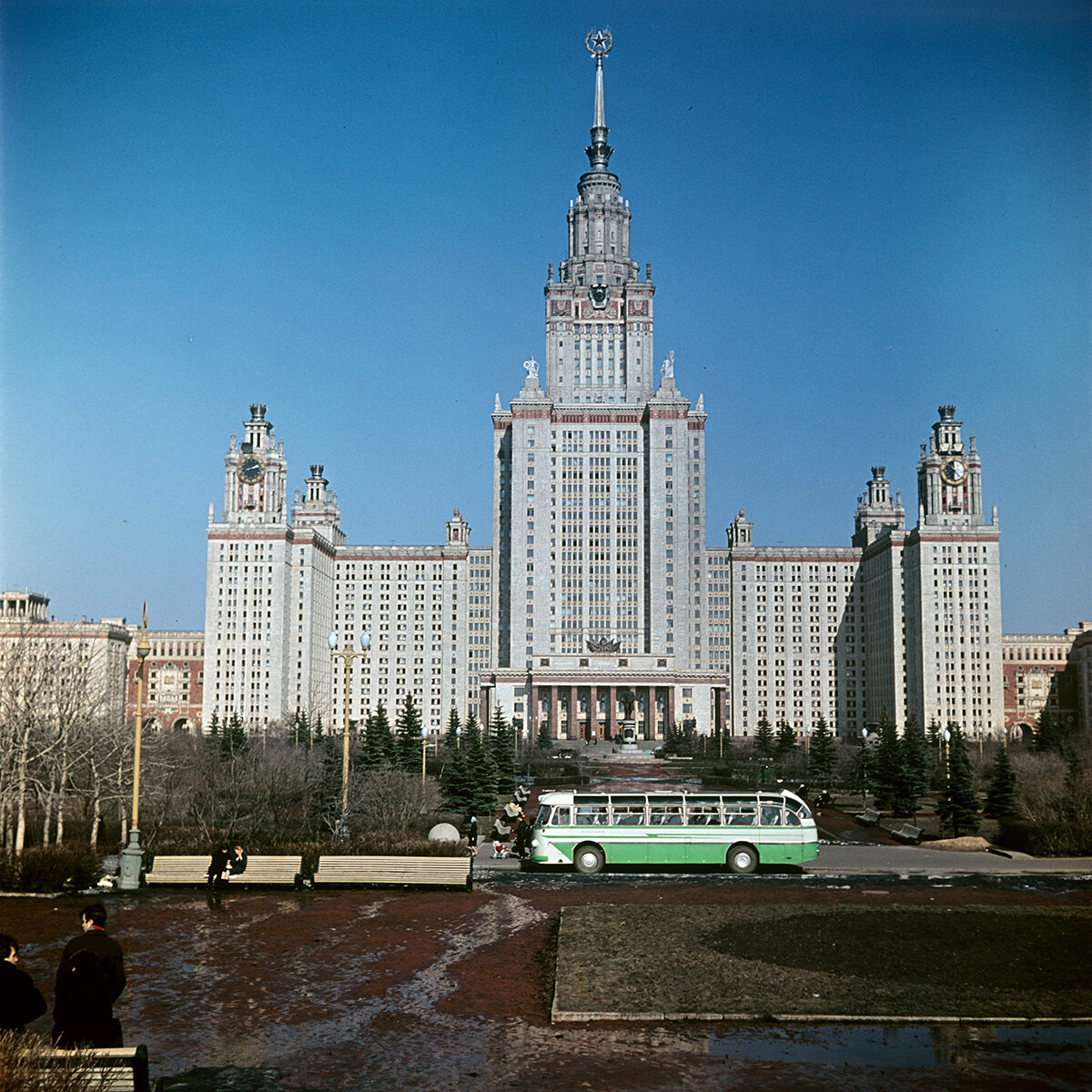
It is believed that American Art Deco skyscrapers were the prototype of this and other high-rises. However, the architects of Stalin's skyscrapers themselves categorically rejected any parallels with American architecture. In the memoirs of one of them, Dmitry Chechulin, Russian medieval high-rise architecture - bell towers and fortress towers - were the prototypes.
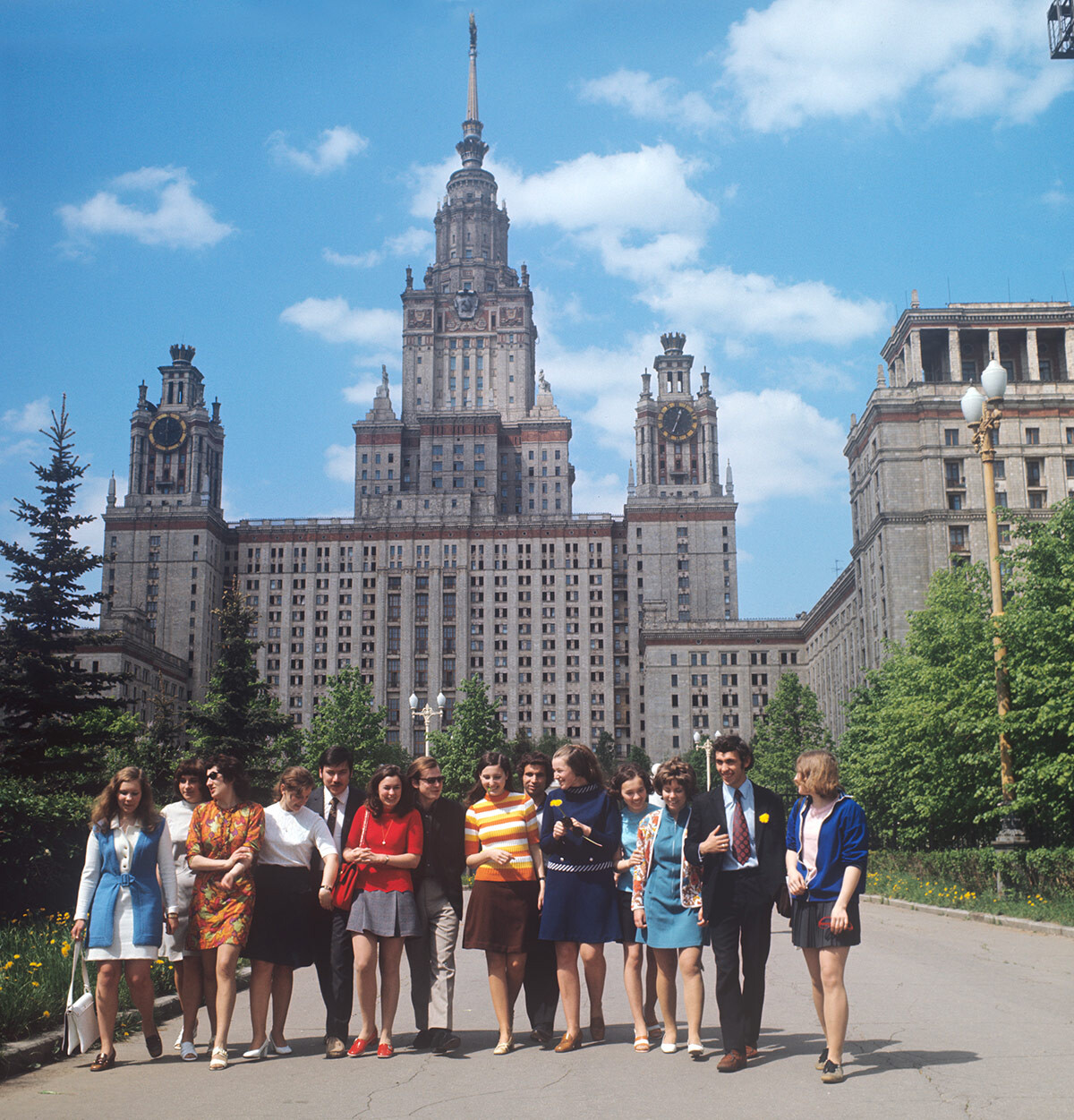
The chief architect of the first building project was Boris Iofan, an Art Deco specialist and author of the unfulfilled project of the Palace of the Soviets. However, shortly before construction began, he was removed from his post and replaced by Lev Rudnev.
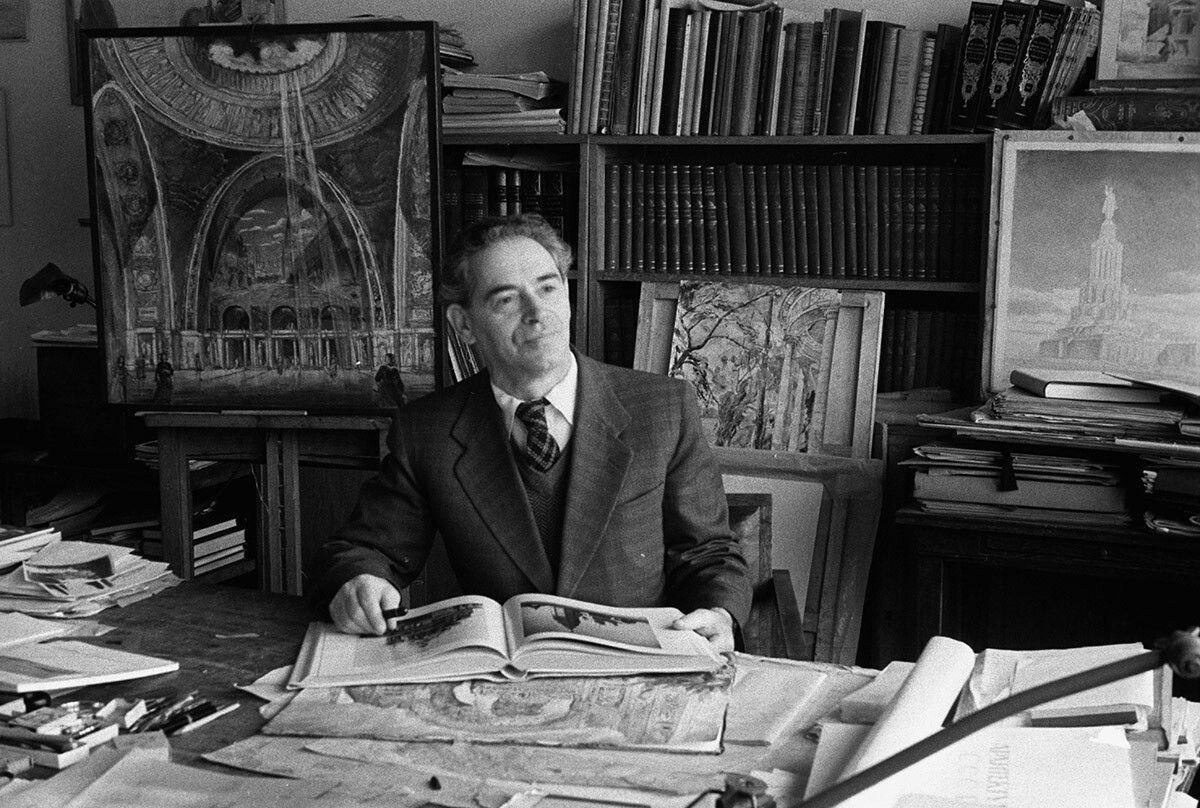
Boris Iofan
Elizabeth Mikulina/SputnikThe reason was Iofan's intransigence: he had intended to build a high-rise right over the precipice of the Leninskiye Gory - so that a grand staircase would connect the building and the embankment of the Moscow River. According to his plan, this would have further emphasized the grandeur of the building. For the sake of this, Iofan was ready to take the risks associated with the difficult soil on the edge of the hill. He refused to change the location.
Lev Rudnev turned out to be more flexible and moved the construction 800 meters away.
The MSU building became a "testing ground" for a number of new technologies. For one, they made it possible to build such a grandiose building in unfavorable soil conditions. The creator of these technologies, Nikolai Nikitin, then designed another Moscow landmark - the Ostankino TV tower, which is 540 meters high.
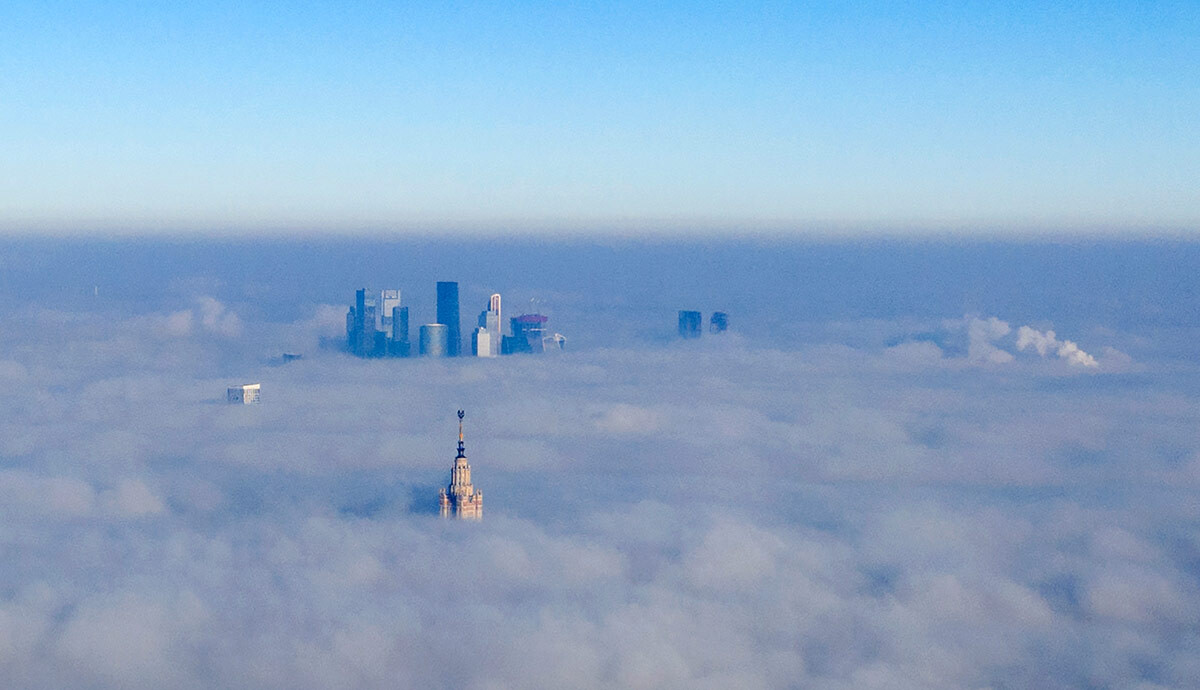
But among the non-trivial architectural challenges was another one: it was necessary to create, in fact, a small town for 10,000people in one building. The MSU complex became the first Soviet campus. Its territory had all the infrastructure essential for students - dorms, libraries, post office, store, canteen, swimming pool, telegraph and more. Students could literally live there without leaving the compound until the end of the academic year.
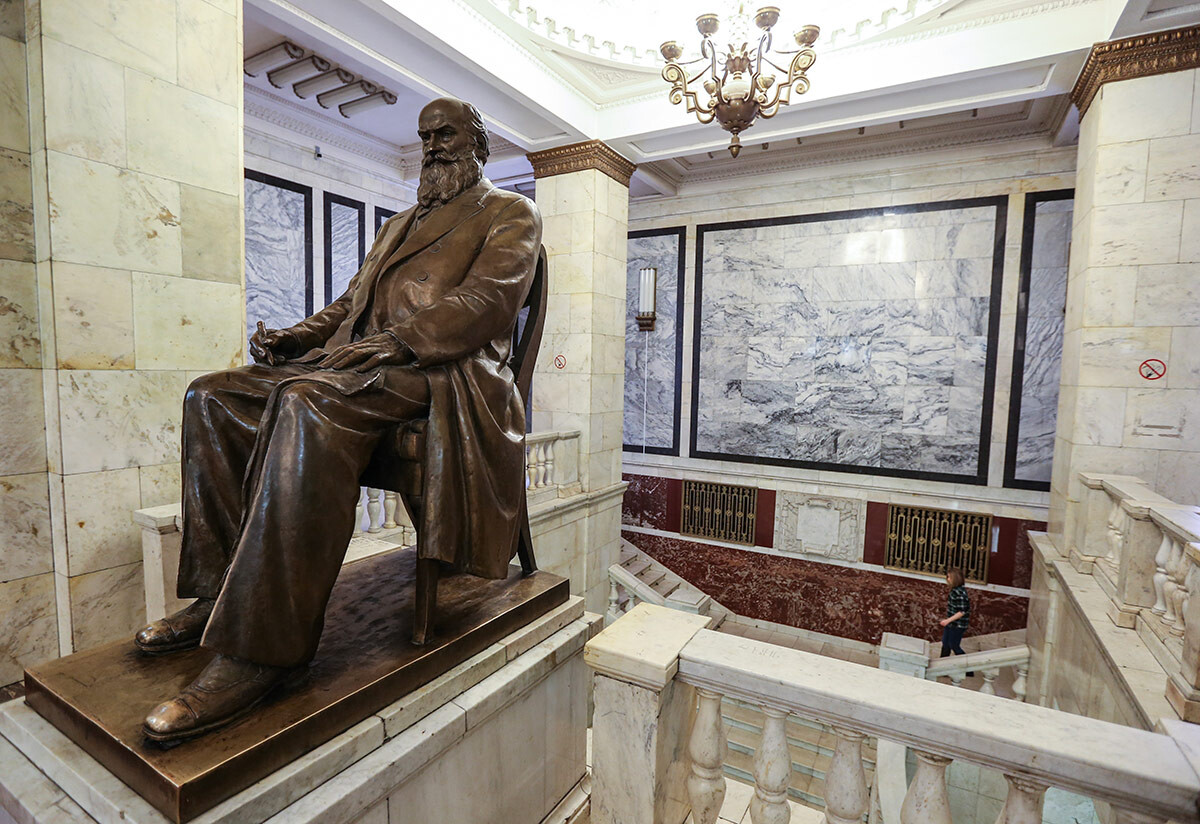
It should be noted that there were originally no plans to turn the high-rise into dorms. But even at the design stage it became clear that for many departments associated with the exact sciences, the high-rise would be of little use:: the chemistry department, for example, required separate ventilation and drainage, while the physics department needed a low-rise building with decent foundation for precise measurements, etc. In the end, there was simply nothing left to fully occupy the large building. So, the remaining rooms were assigned to museums, dormitories and apartments for professors. The need for dorms there was justified by the intention of making studies and personal lives of students inseparable.
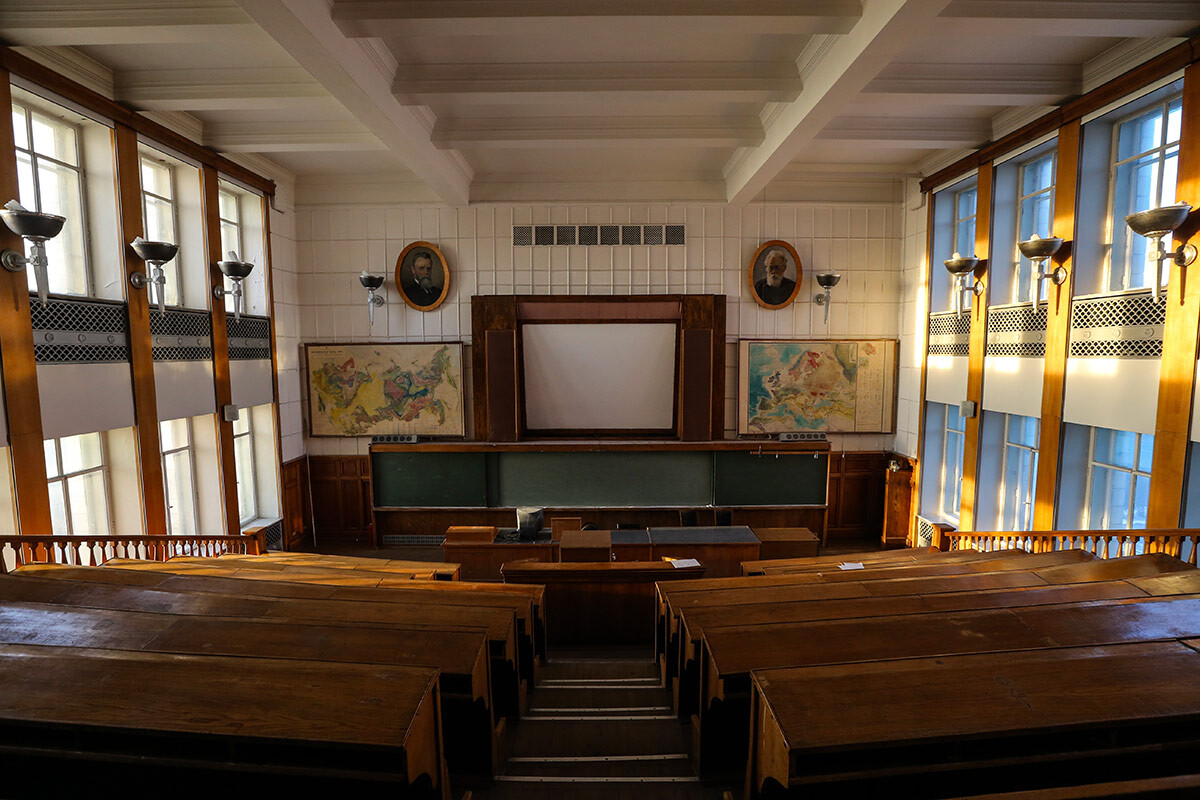
Entrance into the building is restricted: one has to have a permit. Yet, students or professors of the Moscow State University can sign you in, and you’ll be issued a guest pass. The dorm rooms there are tiny, with some still boasting the original furniture of those times - secretaires and desks, and some of the windows offer a stunning view of Moscow.
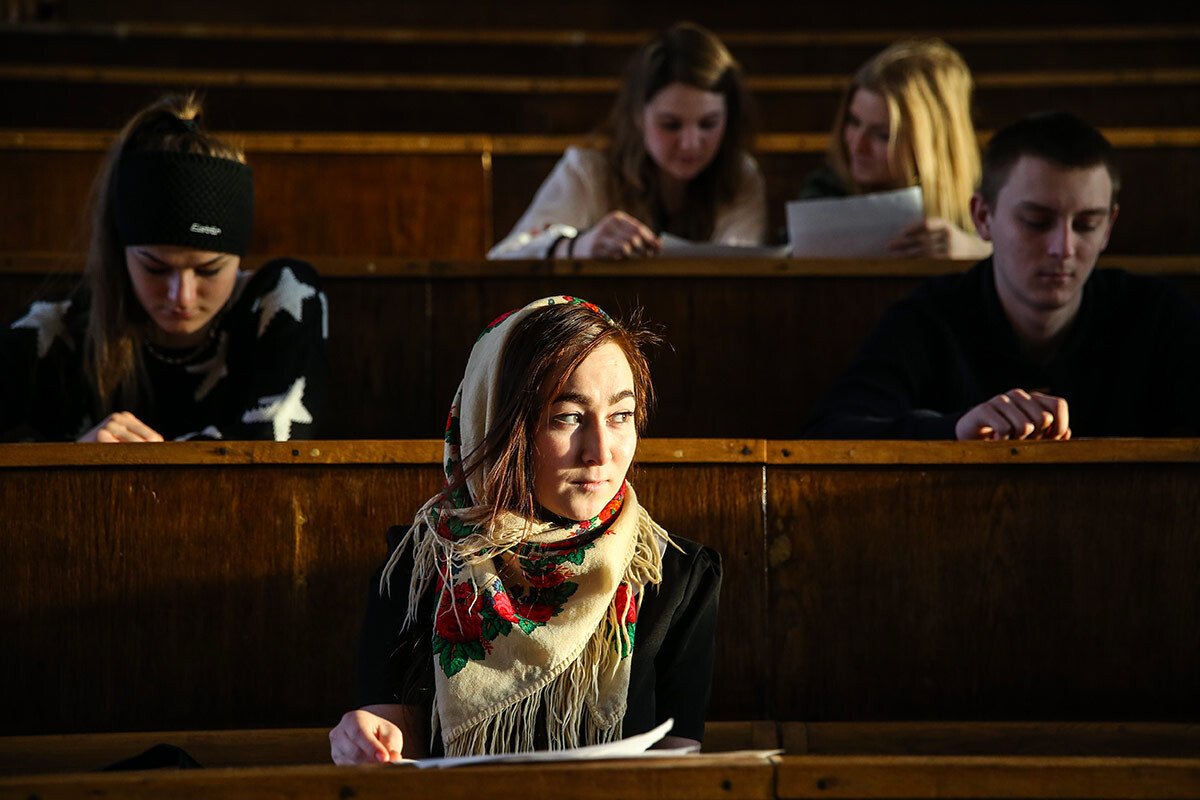
Another way to get there is to take a tour with the Museum of Earth Sciences of the Moscow State University. Among other things, you’ll see a unique collection of minerals and meteorites. But it is necessary to sign up a month and a half in advance, and only members of educational groups are allowed. Entrance for individual visitors is not possible. The museum offers additional educational programs on its premises.
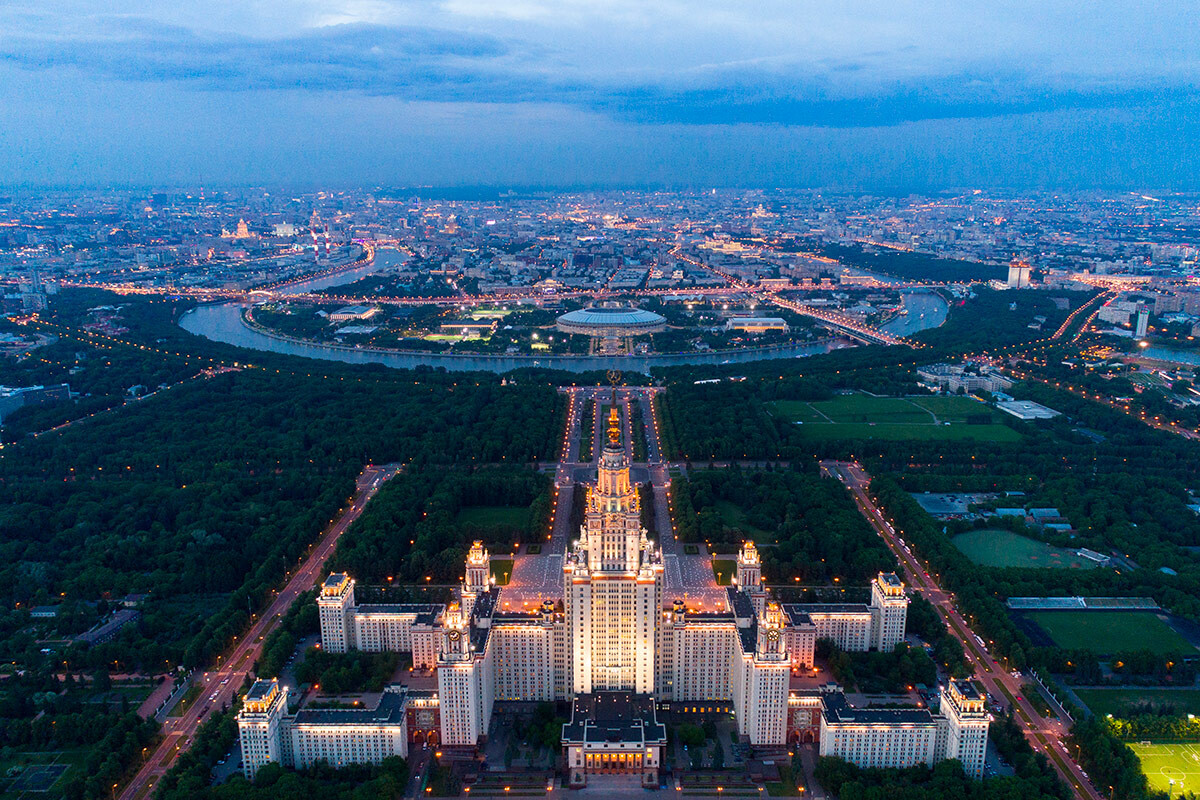
In the end, everyone can admire the high-rise from the outside. Its vast and well-maintained grounds are usually deserted and open to all. You can walk or ride bikes around the area.
If using any of Russia Beyond's content, partly or in full, always provide an active hyperlink to the original material.
Subscribe
to our newsletter!
Get the week's best stories straight to your inbox